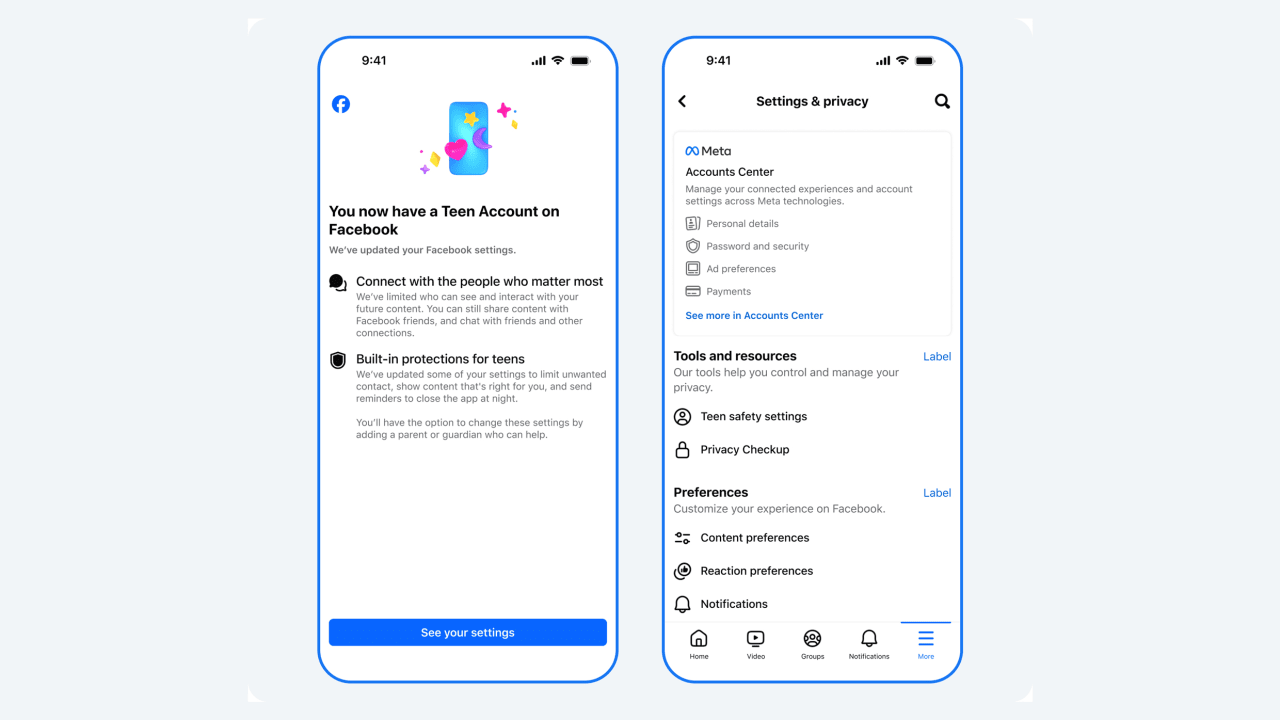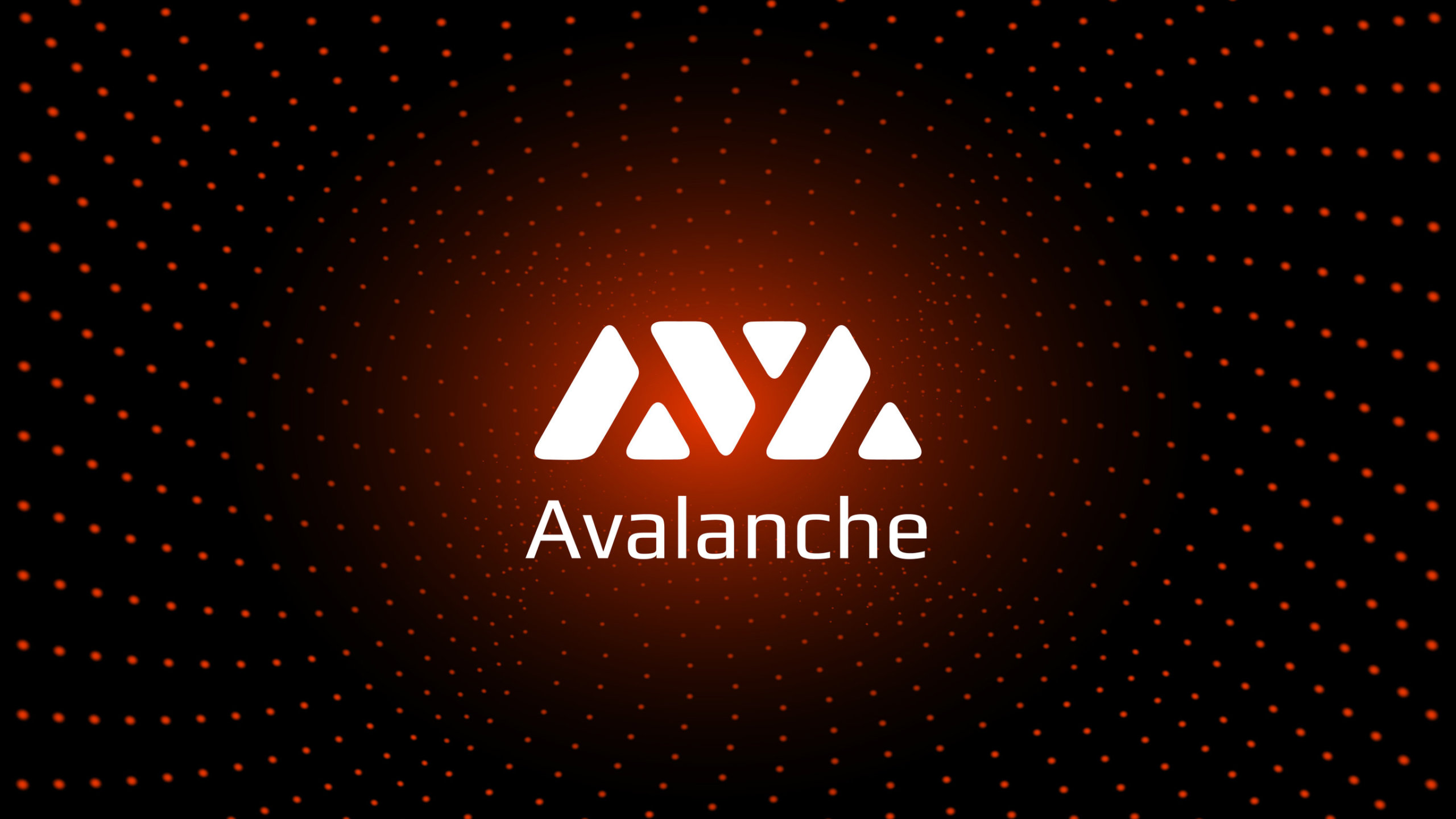ECS FinHacks: Scaling Microservices with AWS ECS Fargate and RDS
If you've ever struggled with questions like: How do I securely deploy my containerized application on AWS? How do I integrate ECS, Fargate, PostgreSQL, and AWS security services? How can I ensure high availability while keeping costs under control? Then this blog is for you. In this blog post, we will explore how to deploy a Node Js Microservice in AWS ECS Fargate with connectivity to Amazon RDS (PostgreSQL). This architecture ensures high availability, security, and scalability while leveraging fully managed AWS services. Git Link: https://github.com/ravindrasinghh/ECS-FinHacks-Scaling-Microservices-with-AWS-ECS-Fargate-and-RDS Why Use AWS ECS? Fully Managed: Eliminates the need to manage EC2 instances. Scalability: Supports automatic scaling based on demand. Security: Integrates with AWS IAM, Security Groups, and VPC. Cost Efficiency: Pay only for the resources used. Integration: Works seamlessly with AWS services like RDS, S3, and CloudWatch. Advanced Architecture Benefits: ECS Circuit Breaker ECS Capacity Provider(ECS Fargate SPOT + ECS Fargate) VPC Endpoint Route 53 Health check AWS Config 1. Architecture Overview The architecture follows AWS best practices by leveraging containerized workloads on ECS (Fargate), a multi-AZ database layer (PostgreSQL), and various AWS security and monitoring services. ECS Fargate: Fully managed container orchestration. Amazon RDS (PostgreSQL): Managed relational database service. AWS ALB (Application Load Balancer): Distributes traffic among ECS tasks. AWS Secrets Manager: Stores database credentials securely. AWS CloudWatch: Monitors logs and metrics. AWS Route 53: Domain Name System (DNS) for routing traffic. AWS WAF (Web Application Firewall): Protects against common web threats. AWS Config: Tracks and records AWS configuration changes. AWS CloudTrail: Logs all API requests for auditing. AWS CloudWatch Alarms: Triggers notifications based on metrics. VPC Endpoint: Enables secure, private connectivity to AWS services. KMS (Key Management Service): Encrypts data at rest and in transit. ENI (Elastic Network Interface): Provides network connectivity for ECS tasks. Health Check & Route 53 Health Check: Ensures high availability by monitoring service health. 2. Step-by-Step Breakdown of the AWS Architecture Let's dive deeper into how each AWS service fits into the architecture. 2.1 Networking & Security VPC (Virtual Private Cloud): A private and secure network for hosting all resources. Contains public and private subnets for better isolation. AWS WAF (Web Application Firewall): Protects against common attacks like SQL injection and XSS. AWS GuardDuty: Detects and alerts on security threats. AWS KMS (Key Management Service): Encrypts sensitive data, database records, and API secrets. 2.2 Load Balancing & Traffic Routing Amazon Route 53: Provides global DNS resolution and failover routing. Application Load Balancer (ALB): Distributes traffic to ECS containers. Performs health checks and ensures high availability. 2.3 Compute & Containers Amazon ECS (Elastic Container Service): Manages containerized workloads with Fargate & Spot instances. Fargate (On-demand & Spot): Serverless compute for containers, reducing management overhead. Spot pricing optimizes costs by using spare AWS capacity. Task Definitions & IAM Roles: Defines how containers run within ECS. IAM Roles ensure secure communication between services. 2.4 Database Layer Amazon RDS (PostgreSQL Multi-AZ): High availability using a Master-Replica setup. KMS encryption ensures data security. 2.5 Monitoring & Logging Amazon CloudWatch: Logs container performance, database health, and API requests. AWS Config & CloudTrail: Tracks infrastructure changes and compliance. 3. Scalability & High Availability This architecture ensures scalability at multiple levels: ✅ ECS Auto-scaling: Dynamically adjusts the number of running containers based on load. ✅ Database Auto-scaling: Supports read replicas for handling increased query loads. ✅ Multi-AZ Deployment: Ensures uptime even if one availability zone fails. ✅ ALB Health Checks: Automatically reroutes traffic in case of failure. This combination allows applications to handle traffic spikes without downtime. 4. Security Best Practices Security is a top priority, and this architecture follows best practices:

If you've ever struggled with questions like:
- How do I securely deploy my containerized application on AWS?
- How do I integrate ECS, Fargate, PostgreSQL, and AWS security services?
- How can I ensure high availability while keeping costs under control?
Then this blog is for you.
In this blog post, we will explore how to deploy a Node Js Microservice in AWS ECS Fargate with connectivity to Amazon RDS (PostgreSQL). This architecture ensures high availability, security, and scalability while leveraging fully managed AWS services.
Git Link: https://github.com/ravindrasinghh/ECS-FinHacks-Scaling-Microservices-with-AWS-ECS-Fargate-and-RDS
Why Use AWS ECS?
- Fully Managed: Eliminates the need to manage EC2 instances.
- Scalability: Supports automatic scaling based on demand.
- Security: Integrates with AWS IAM, Security Groups, and VPC.
- Cost Efficiency: Pay only for the resources used.
- Integration: Works seamlessly with AWS services like RDS, S3, and CloudWatch.
Advanced Architecture Benefits:
- ECS Circuit Breaker
- ECS Capacity Provider(ECS Fargate SPOT + ECS Fargate)
- VPC Endpoint
- Route 53 Health check
- AWS Config
1. Architecture Overview
The architecture follows AWS best practices by leveraging containerized workloads on ECS (Fargate), a multi-AZ database layer (PostgreSQL), and various AWS security and monitoring services.
- ECS Fargate: Fully managed container orchestration.
- Amazon RDS (PostgreSQL): Managed relational database service.
- AWS ALB (Application Load Balancer): Distributes traffic among ECS tasks.
- AWS Secrets Manager: Stores database credentials securely.
- AWS CloudWatch: Monitors logs and metrics.
- AWS Route 53: Domain Name System (DNS) for routing traffic.
- AWS WAF (Web Application Firewall): Protects against common web threats. AWS Config: Tracks and records AWS configuration changes.
- AWS CloudTrail: Logs all API requests for auditing.
- AWS CloudWatch Alarms: Triggers notifications based on metrics.
- VPC Endpoint: Enables secure, private connectivity to AWS services.
- KMS (Key Management Service): Encrypts data at rest and in transit.
- ENI (Elastic Network Interface): Provides network connectivity for ECS tasks.
- Health Check & Route 53 Health Check: Ensures high availability by monitoring service health.
2. Step-by-Step Breakdown of the AWS Architecture
Let's dive deeper into how each AWS service fits into the architecture.
2.1 Networking & Security
VPC (Virtual Private Cloud):
- A private and secure network for hosting all resources. Contains public and private subnets for better isolation.
AWS WAF (Web Application Firewall):
- Protects against common attacks like SQL injection and XSS.
AWS GuardDuty:
- Detects and alerts on security threats.
AWS KMS (Key Management Service):
- Encrypts sensitive data, database records, and API secrets.
2.2 Load Balancing & Traffic Routing
Amazon Route 53:
- Provides global DNS resolution and failover routing.
Application Load Balancer (ALB):
- Distributes traffic to ECS containers.
- Performs health checks and ensures high availability.
2.3 Compute & Containers
Amazon ECS (Elastic Container Service):
- Manages containerized workloads with Fargate & Spot instances.
Fargate (On-demand & Spot):
- Serverless compute for containers, reducing management overhead. Spot pricing optimizes costs by using spare AWS capacity.
Task Definitions & IAM Roles:
- Defines how containers run within ECS.
- IAM Roles ensure secure communication between services.
2.4 Database Layer
Amazon RDS (PostgreSQL Multi-AZ):
- High availability using a Master-Replica setup.
- KMS encryption ensures data security.
2.5 Monitoring & Logging
Amazon CloudWatch:
- Logs container performance, database health, and API requests. AWS Config & CloudTrail:
- Tracks infrastructure changes and compliance.
3. Scalability & High Availability
This architecture ensures scalability at multiple levels:
✅ ECS Auto-scaling: Dynamically adjusts the number of running containers based on load.
✅ Database Auto-scaling: Supports read replicas for handling increased query loads.
✅ Multi-AZ Deployment: Ensures uptime even if one availability zone fails.
✅ ALB Health Checks: Automatically reroutes traffic in case of failure.
This combination allows applications to handle traffic spikes without downtime.
4. Security Best Practices
Security is a top priority, and this architecture follows best practices:





































































































































































![[The AI Show Episode 142]: ChatGPT’s New Image Generator, Studio Ghibli Craze and Backlash, Gemini 2.5, OpenAI Academy, 4o Updates, Vibe Marketing & xAI Acquires X](https://www.marketingaiinstitute.com/hubfs/ep%20142%20cover.png)


































































































































![From drop-out to software architect with Jason Lengstorf [Podcast #167]](https://cdn.hashnode.com/res/hashnode/image/upload/v1743796461357/f3d19cd7-e6f5-4d7c-8bfc-eb974bc8da68.png?#)














































-Mouse-Work-Reveal-Trailer-00-00-51.png?width=1920&height=1920&fit=bounds&quality=80&format=jpg&auto=webp#)



































































OSAMU-NAKAMURA.png?width=1920&height=1920&fit=bounds&quality=80&format=jpg&auto=webp#)


























_NicoElNino_Alamy.png?#)
.webp?#)
.webp?#)




































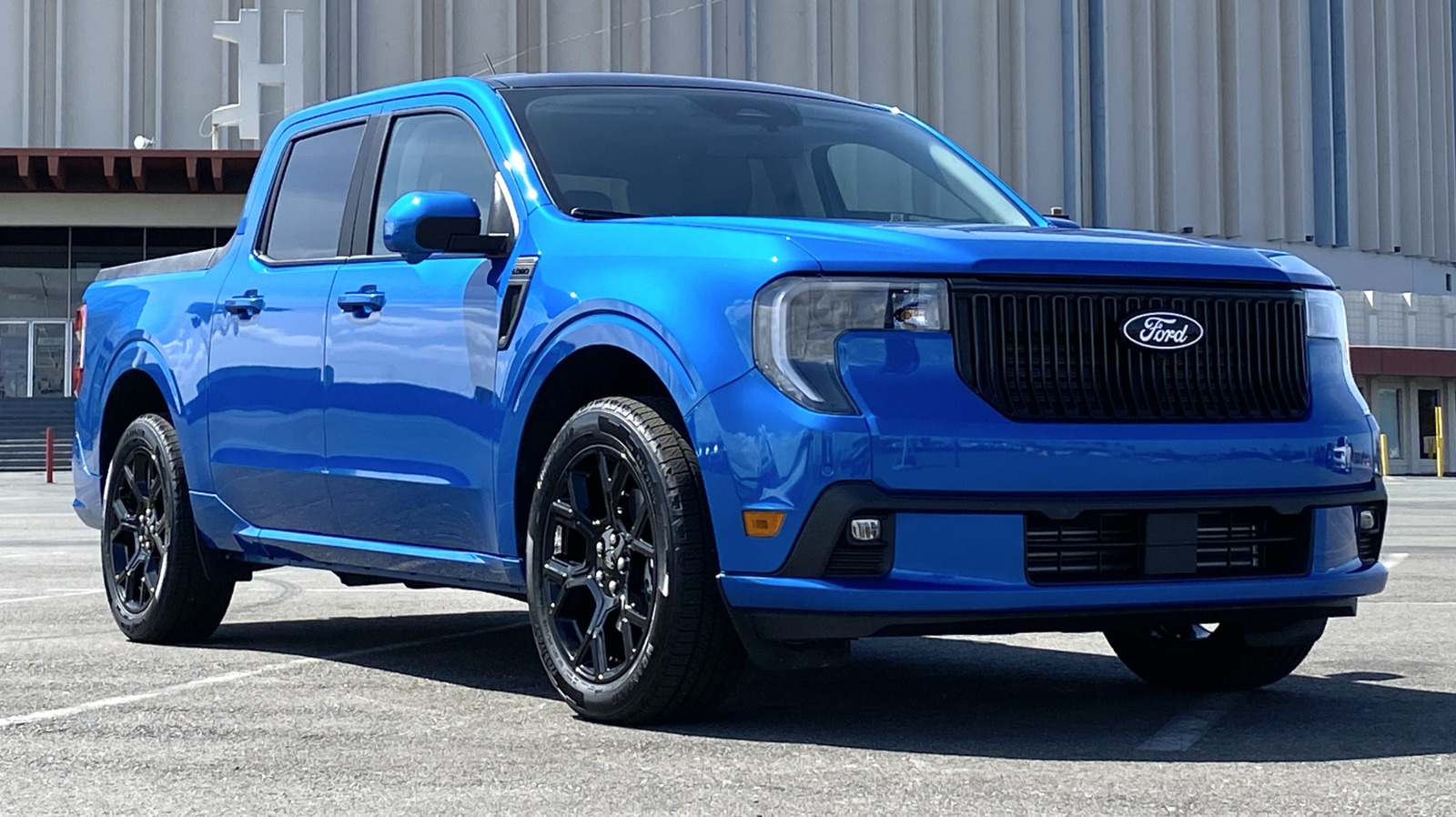














































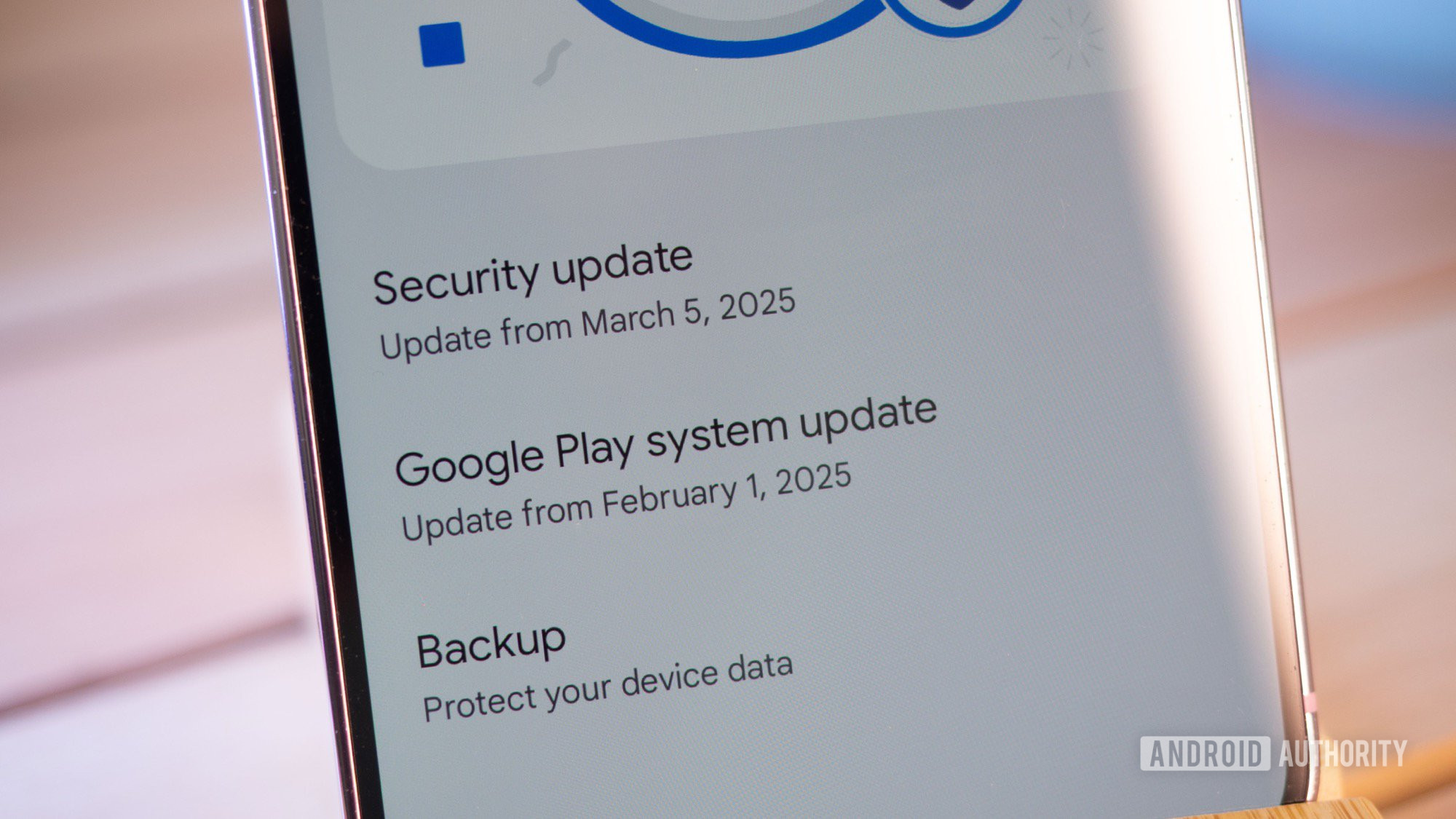
















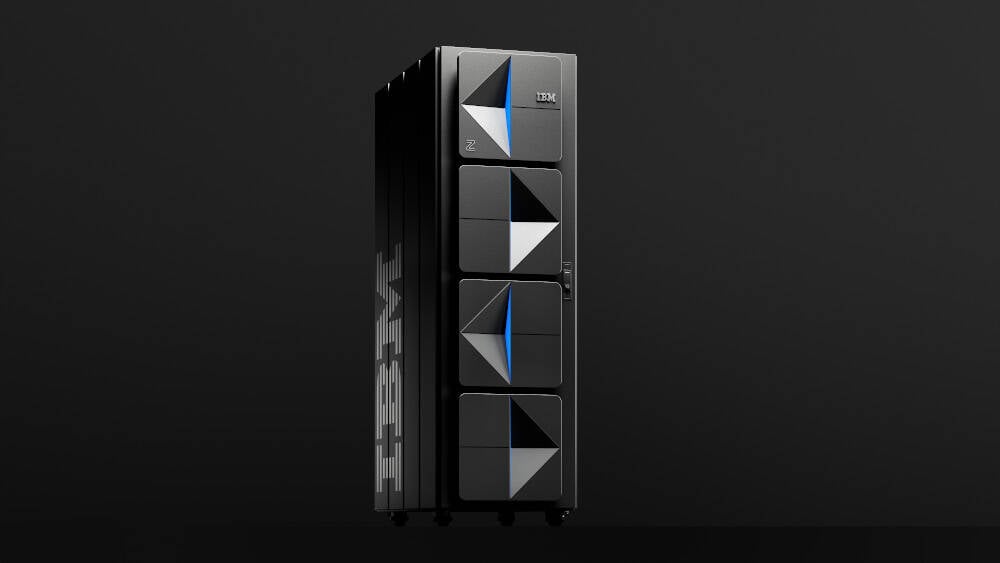



![New iOS 19 Leak Allegedly Reveals Updated Icons, Floating Tab Bar, More [Video]](https://www.iclarified.com/images/news/96958/96958/96958-640.jpg)

![Apple to Source More iPhones From India to Offset China Tariff Costs [Report]](https://www.iclarified.com/images/news/96954/96954/96954-640.jpg)
![Blackmagic Design Unveils DaVinci Resolve 20 With Over 100 New Features and AI Tools [Video]](https://www.iclarified.com/images/news/96951/96951/96951-640.jpg)
































































